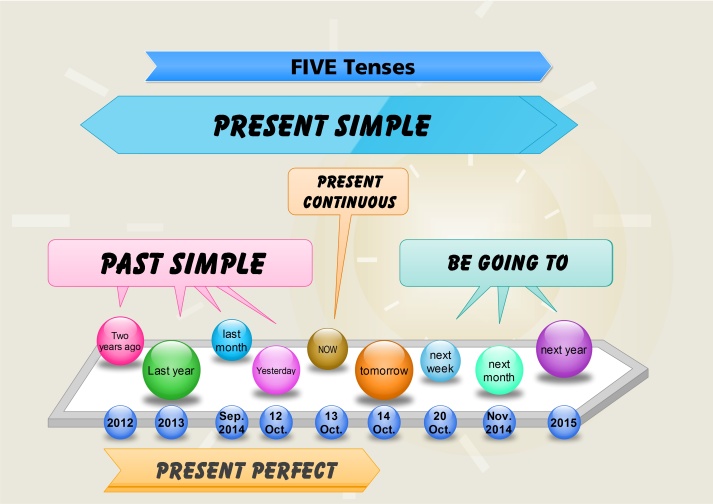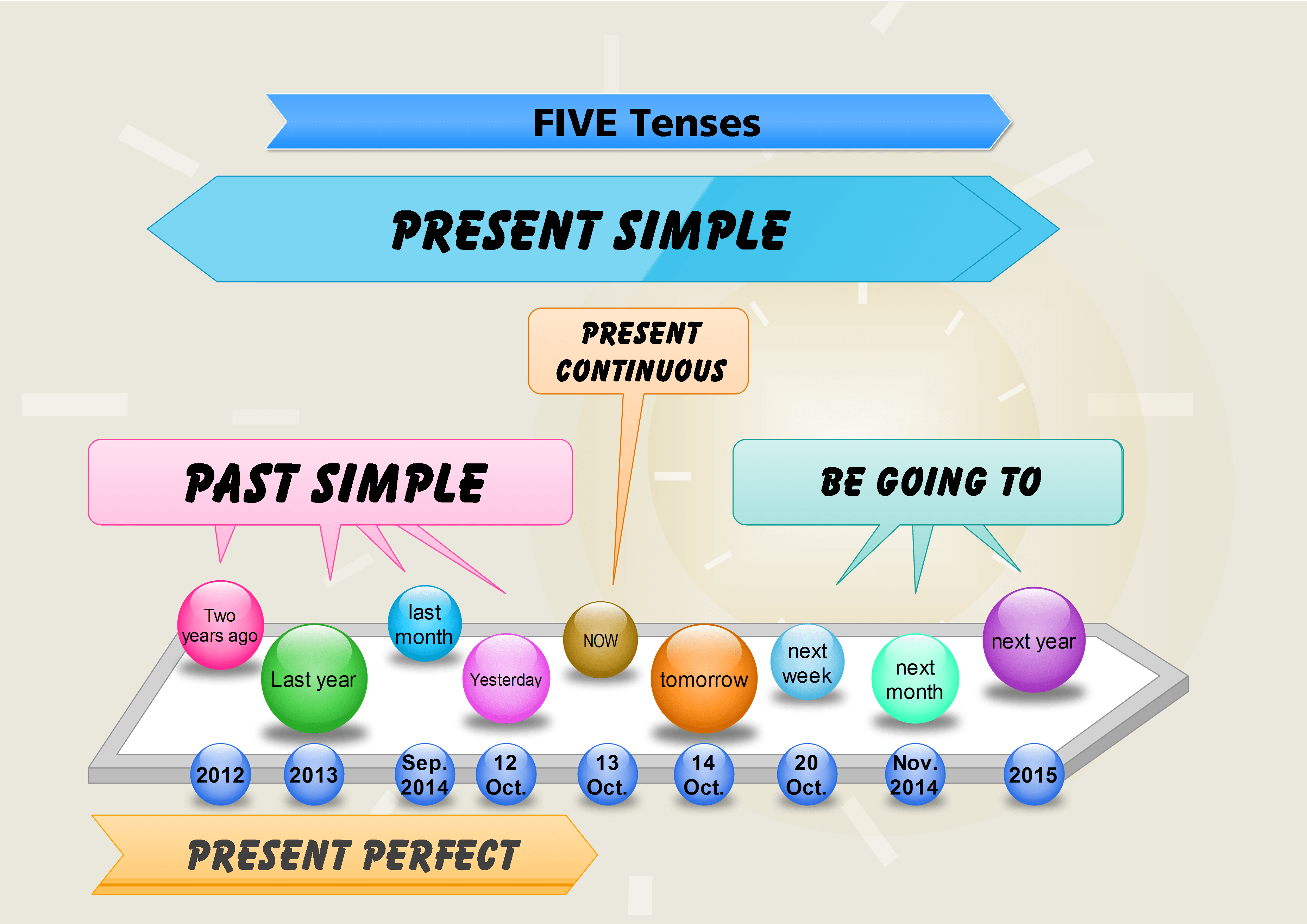Five tenses – more exercises
About half a year ago I published a post where I tried to explain the usage of 5 different tenses. About 71,000 people have viewed this post but several complained that there was not enough practice. That is why I have decided to reintroduce this topic and add three more quizzes to practise the five…

